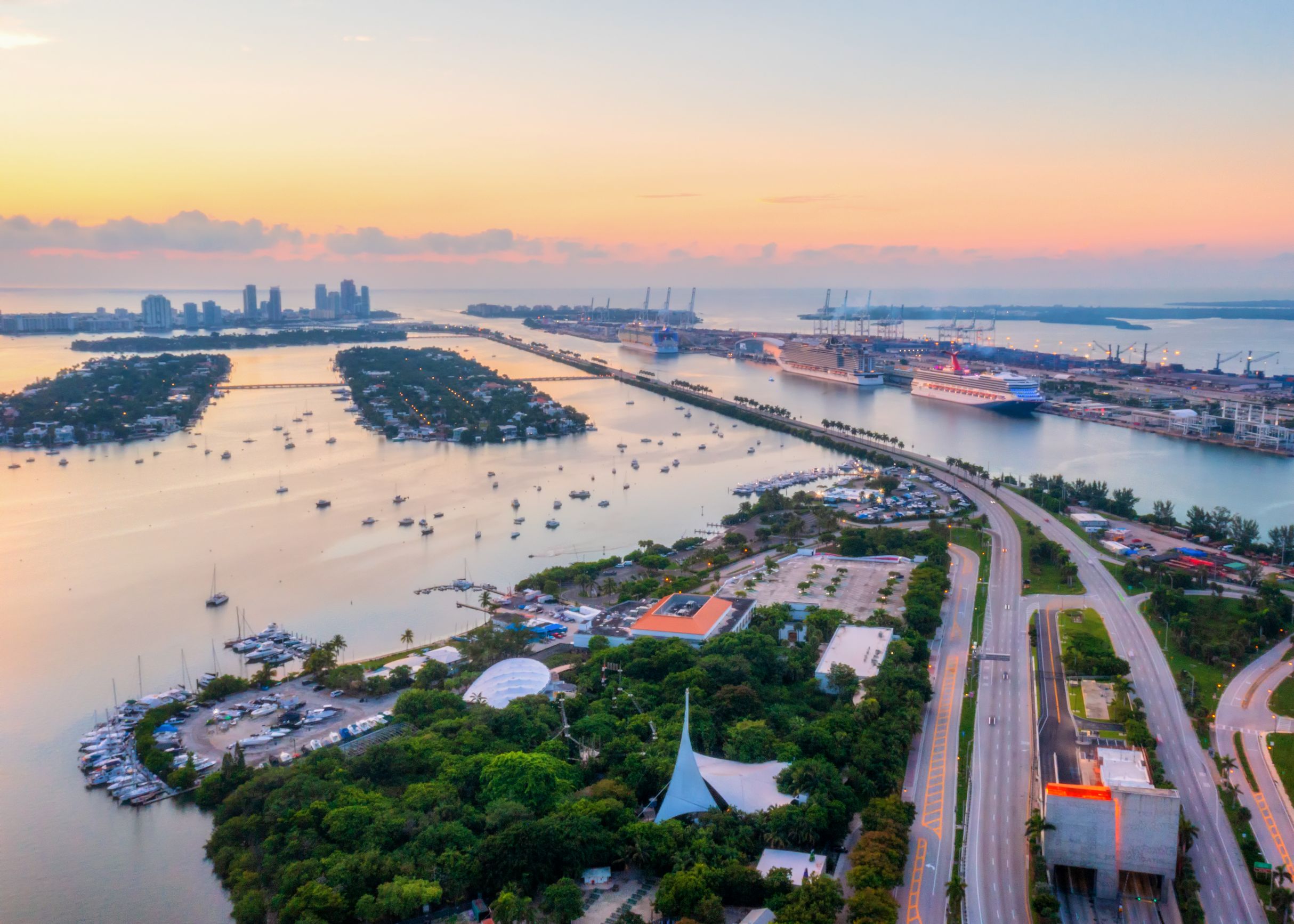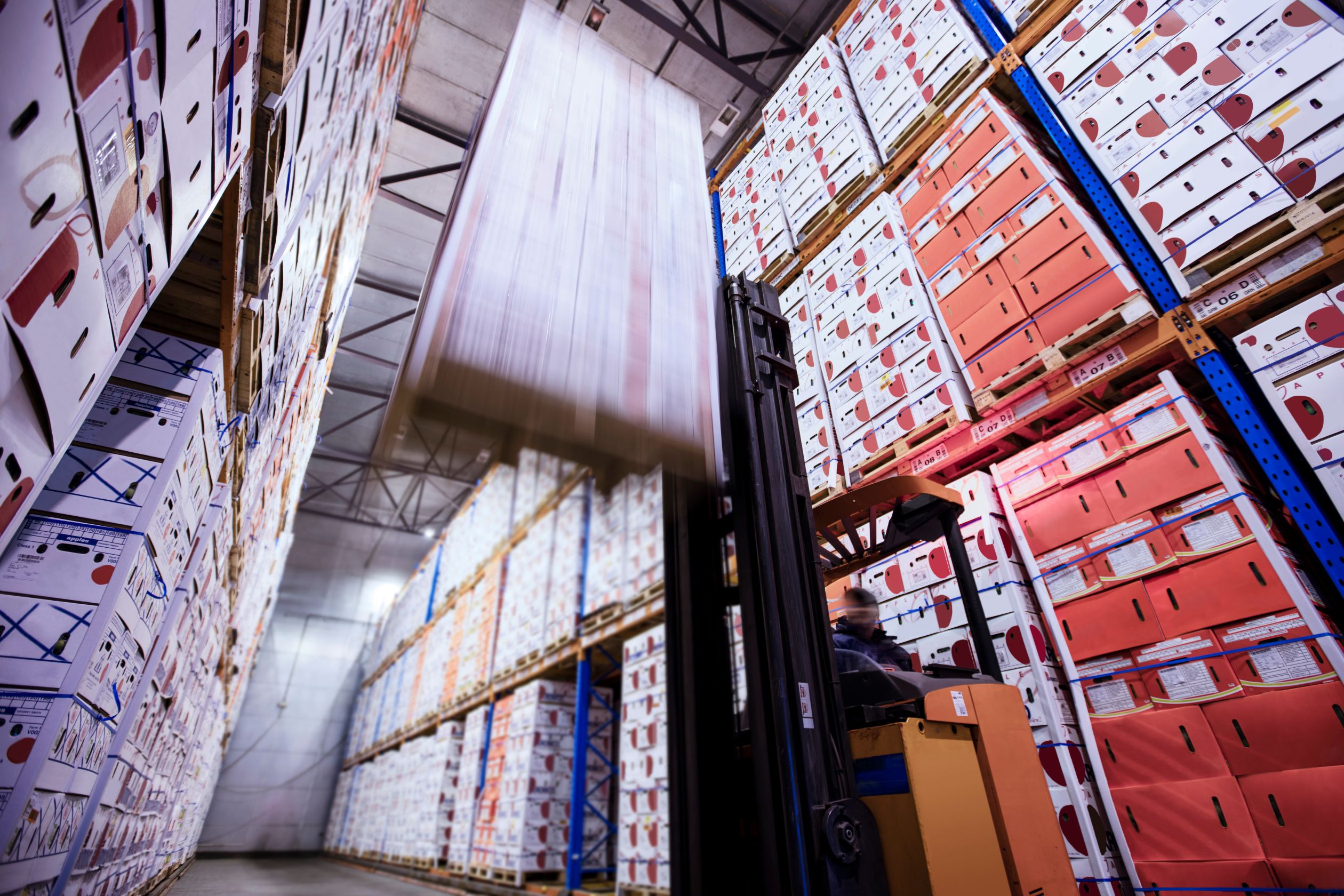The perishables logistics industry is at the forefront of innovation, responding to surging consumer demands, technological advancements, and sustainability challenges. From automation to last-mile delivery, businesses must adopt new strategies to thrive in this dynamic environment.
Below, we explore the key trends set to shape perishables logistics in 2025 and highlight the role of critical hubs like the Ports of Miami, Los Angeles, and New York in the supply chain transformation.
Changing Consumption Patterns
Consumers increasingly prioritize fresh, locally sourced, and organic food, driving significant shifts in perishables logistics.
This change reflects growing health and environmental awareness, seen in trends like meal kits, farm-to-fork dining, and the heightened demand for fresh produce, meats, and dairy.
To adapt, cold storage facilities are expanding their capacity and refining temperature controls to handle more diverse and sensitive products. Advanced tracking systems that ensure transparency in food origins and shipping conditions are becoming standard practices.
Greater focus on food safety and sustainability also means that logistics networks must reduce transit times while ensuring integrity, keeping pace with the expectations of today’s discerning consumers.
For example, urban micro-fulfillment centers, designed to store and distribute fresh goods rapidly, are becoming vital in meeting same-day or next-day delivery expectations.
This evolution highlights the interplay between consumer demands and logistics innovations.
Automation and Sustainability in Perishables Logistics
Automation is revolutionizing perishables logistics, providing much-needed solutions to common industry bottlenecks like labor shortages and high operating costs.
Automated picking, sorting systems, robotic handling, and advanced temperature control technologies not only increase efficiency but also maintain the quality of fresh goods during storage and transport.
Simultaneously, sustainability has emerged as a critical focus for food and beverage operators. Cold storage facilities are adopting LED lighting, solar power, and other energy-efficient practices to reduce their carbon footprints. For instance, forward-thinking businesses are integrating smart systems that optimize energy use by analyzing storage conditions in real-time.
Investing in modernized, energy-efficient infrastructure yields two key benefits. First, it positions companies as leaders in environmental responsibility, a key selling point for green-conscious customers. Second, these sustainable measures can dramatically lower operations costs, providing a long-term competitive edge.
Last-Mile Optimization
The final leg of the supply chain, often dubbed the “last mile,” is critical yet challenging for perishables logistics.
This aspect demands precision, speed, and reliability to ensure products like fresh fruits, vegetables, meal kits, and dairy products arrive on time and in perfect condition.
To streamline last-mile logistics, companies are investing heavily in technologies like GPS-enabled tracking systems and route optimization software.
Collaborative efforts are also solving challenges, with businesses pooling resources to utilize shared warehouse spaces to minimize overhead and improve distribution efficiency.
Cold storage upgrades—such as retrofitting older warehouses with modern temperature control systems—aid in extending delivery reach while maintaining freshness.
Partnering with third-party logistics providers (3PL) further strengthens last-mile capabilities by offering expertise in delivery networks and infrastructure.
Speculative Construction Paves the Way
With perishables logistics facing booming growth, commercial developers have seized the opportunity to create state-of-the-art cold storage facilities even before securing tenants. Known as speculative construction, this proactive approach ensures the market has readily available capacity to meet increasing demands.
Regions like Florida, Texas, and Georgia lead the way in speculative cold storage developments.
These facilities often command premium rent due to their modern amenities, which align with rising market expectations for efficiency and sustainability.
Additionally, the U.S. cold storage market shows long-term growth potential, with average facility rental costs increasing by 96% since 2019.
Investors and operators are taking advantage of this upward trend by modernizing existing facilities and ensuring their offerings meet the evolving demands of perishables logistics.
The Digital Transformation of Logistics
Digital tools are reshaping perishables logistics by enhancing visibility, connectivity, and operational efficiency. Tools like supply chain visibility platforms integrate with warehouse management systems (WMS) to provide real-time shipment tracking and updates.
API-based integrations complement traditional systems like Electronic Data Interchange (EDI), enabling seamless communication between businesses and their logistics partners.
These digital enhancements ensure smoother dataflows and empower companies to adapt quickly to changes in demand, resolve delivery hiccups, and forecast trends more accurately.
For example, integrating freight marketplaces with API systems streamlines operations by facilitating better matching between carriers and shippers. This allows businesses to save time and lower costs while improving overall responsiveness.
The rise of demand forecasting digitally maps expected market needs using data analytics, past sales records, and industry trends.
These tools help businesses stay agile and handle sudden changes in product demand.
Insights from Key Ports Driving Perishables Logistics
The role of strategic ports cannot be understated, especially when discussing perishables logistics. Ports are the backbone of international trade, providing businesses with the means to access vast markets efficiently.
PortMiami
Known as the “Gateway to the Americas,” PortMiami stands out for its unparalleled geographic advantage. Its proximity to Latin America and the Caribbean cuts shipping times, ensuring goods arrive fresher and with extended shelf life.
The port offers on-dock rail and transshipment options, making it a hub for perishables traders.
PortMiami also offers same-day delivery to Central Florida and next-day delivery to Atlanta and Southeastern U.S. areas. Its extended USDA operating hours further expedite perishables release, reinforcing its reputation as a vital node in the perishables supply chain.
Port of Los Angeles
Despite challenges like congestion, the Port of Los Angeles remains a crucial player, handling large volumes of perishable goods along the U.S. West Coast.
By focusing on supply chain optimization and leveraging advanced logistics technologies, the port continues to play a leading role in connecting Asia-Pacific supply lines to the U.S., particularly for fresh produce exports.
Port of New York
The Port of New York plays a significant role in handling perishables for the Northeastern United States. With its proximity to densely populated urban centers, it enables efficient distribution within critical markets like New York City.
While 2025 trend details are limited, its vital role in perishables logistics remains clear.
Looking Ahead in Perishables Logistics
The future of perishables logistics is geared toward a more automated, sustainable, and data-driven ecosystem. The industry will benefit from adopting advanced technology that reduces costs, enhances efficiency, and maximizes sustainability.
Investments in speculative cold storage construction and digital transformation will ensure logistics networks remain agile, scalable, and capable of tackling the challenges posed by shifting consumer demands and global trade complexities.
Businesses that prioritize automation, collaborative efforts, and real-time data integration are likely to stay ahead of the curve.
These advancements will not only help meet the rising demand for fresh, high-quality products but also build greater trust and transparency across supply networks.
Overall, perishables logistics in 2025 and beyond is set to showcase an exciting blend of innovation and strategic collaboration.
With key ports like Miami, Los Angeles, and New York driving growth, the future of fresh goods logistics looks bright.





